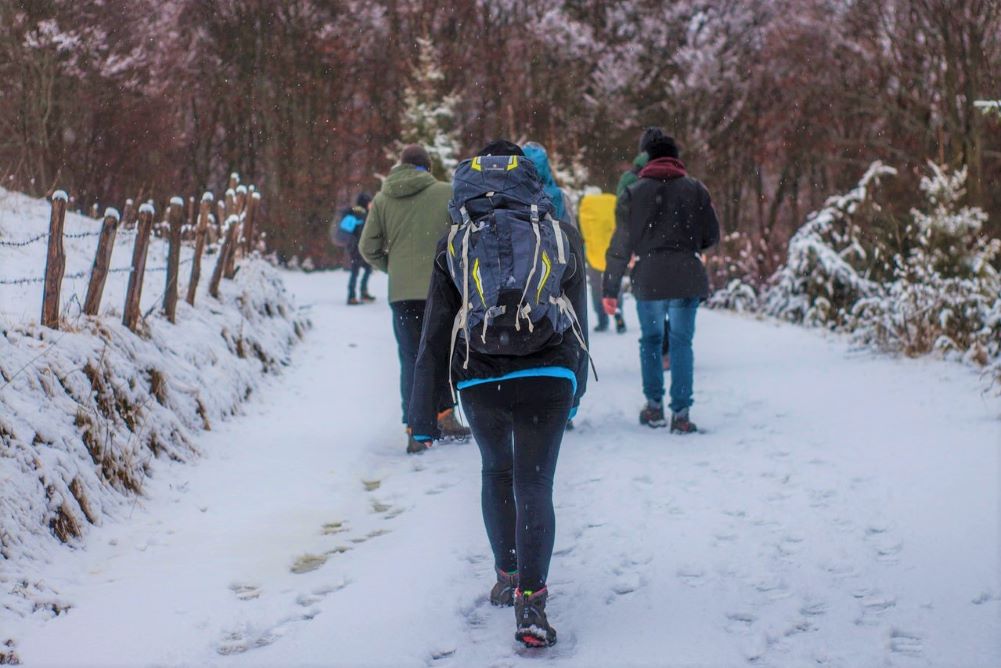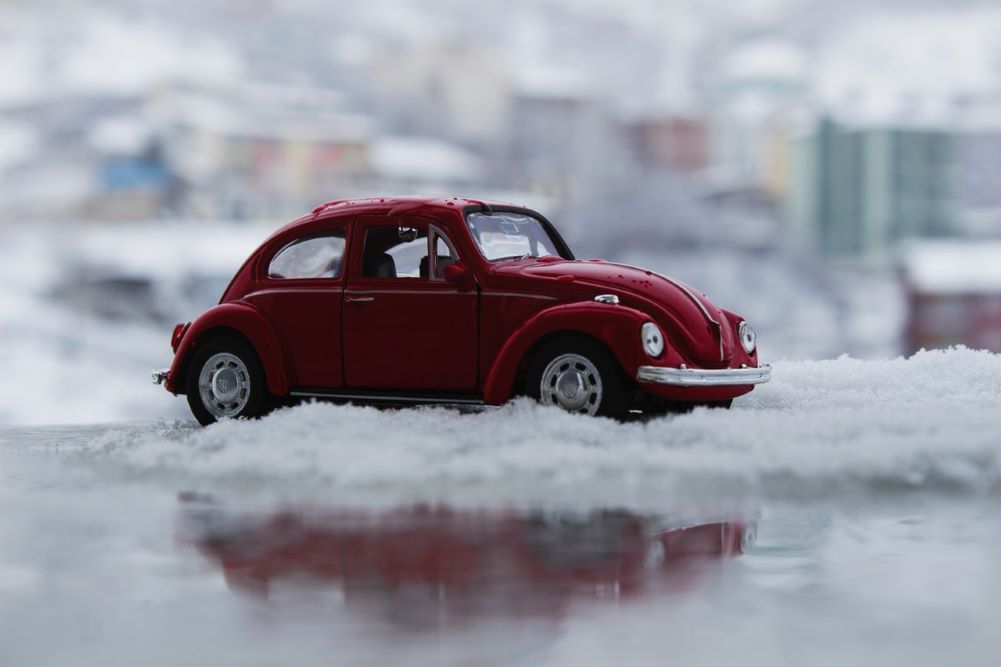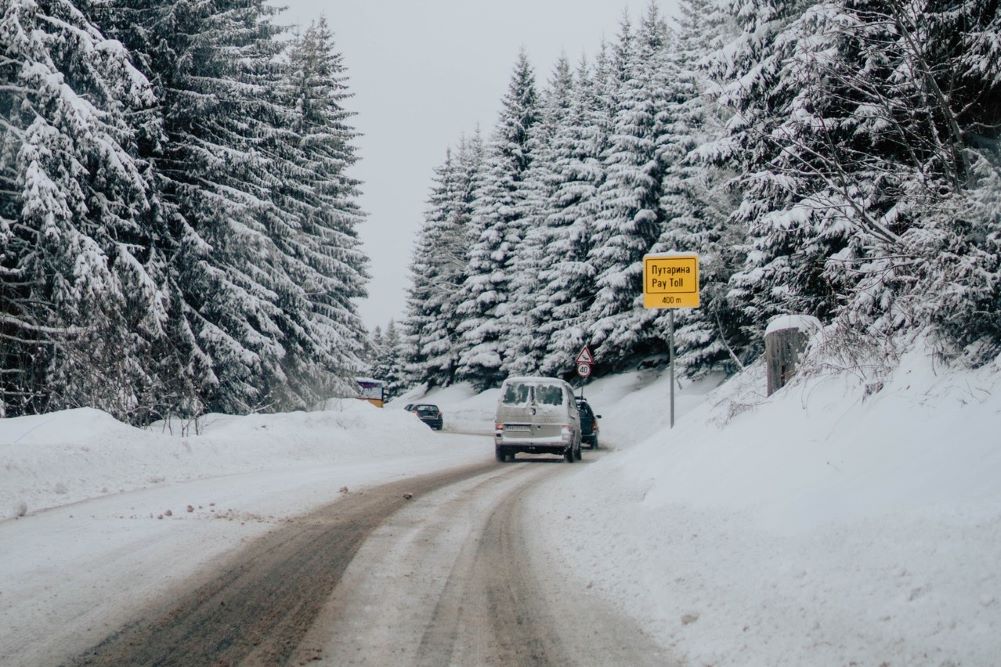It may be fall, but the winter season is coming on fast as it always does for Rexburg weather. There are a few ways you should prepare for the coming cold temps and icy paths. For a guide through the must-haves for students during winter in Rexburg, look no further!
Warmth
The first and most obvious step is to dress warm in the cold weather in Rexburg. Having a really good coat can be difficult for college budgets, so the next best step is layering up. Whether this means a shirt under a sweater under a jacket or wearing Under Armour under your jeans, having layers like this will keep you warm even when temperatures drop below freezing. Especially when you can’t wear your fuzzy sweatpants on campus, layering up will keep you cozy.
Windproofing
One of the main reasons that it’s going to be cold Rexburg weather is because of the wind year-round. The snow is cold and the temperature drops, but with windchill, it can get significantly further below zero.
To combat this, you should invest in a windproof jacket. Having something to keep the cold air from blowing through your layers will be what keeps you warm. Often, if something is waterproof, it’s also windproof, so wearing a raincoat over your sweaters will function pretty well if you don’t want to invest in new Rexburg weather appropriate clothing.
Extremities
Gloves
Especially for students who will be walking a ways to campus or driving around town before your car’s heat can kick on, gloves are a must. Keeping your hands and feet warm will save you from a lot of the misery brought on by the cold.

If you’re able to, get windproof gloves as well. If not, regular gloves provide some good warmth and protection from the elements. Similarly, having a scarf to cover your nose and neck can be a great option to protect from freezing temperatures and even windburn on your exposed neck and face.
Boots
Surprisingly, a lot of people walk around with canvas shoes or cloth sneakers. Unsurprisingly, snow gets into and onto these shoes quickly and easily in wintery Rexburg weather.
There isn’t a good way around needing a good pair of warm, waterproof boots. You can layer your socks or use heating bags, but the snow will still dampen your feet and freeze your toes during your day on campus.
Investing in a pair of boots will be important to staying upright on slippery walkways as well as keeping out the snow. Be sure that when you’re looking at boots, you find a pair with good rubbery traction on the soles.
Backpack
Inevitably, whether you fall or get caught in a sleet storm of ever-changing Rexburg weather, your backpack is also going to get wet. If you’re able to, get a pack that is waterproof, or at least water resistant. Be sure to keep you backpack away from areas where you leave your wet things and on ground that someone’s drying boots haven’t been on.

In some places, you can buy waterproofing spray to try to keep water concerns out. If you’re really concerned but can’t get a backpack with good waterproofing, you can also keep your homework in plastic page holders in a binder or avoid bringing your laptop to class.
Home equipment
Be sure to dry off your snow duds before you have to use them again. For things that are waterproof, you’re going to have to hang them to dry. If you don’t have the closet space, you can get an over-the-door hook with individual hooks for your room or any entryway closet space.
Especially if you have carpet in your apartment, you’ll want to invest in a matt or shoe holder to leave wet boots and shoes. Otherwise, you’ll have puddles with campus’s red dirt and snowmelt forming all around your apartment.
Speaking of snowmelt, it may be a good idea to have some in your apartment. For individuals who have to leave before the apartment employees can put salt down, or for those in complexes that don’t salt entrances, having some snowmelt can keep potential slips and falls down. Be aware, regular table salt won’t really help with this. Snowmelt is specifically made to lower water’s freezing temperature and melt on contact, but regular salt prioritizes flavor over water temperature change.
Cars
For individuals who have cars, there’s an additional list you’ll want to make note of. Taking care of a car in winter adds a little extra need for preparedness, especially if you’re wanting to take less traveled roads.

Windshield Scraper
A basic necessity is having some way to remove the ice and snow that will build up on your windows and windshield. While your heat may do a good job of melting some of the snow, Idaho law requires that you have a full field of vision when driving.
If you don’t have a heatable back window or if your heat doesn’t kick on by the time you need to leave, be sure to have a window scraper to brush off snow and scrape off ice and frost. Don’t use your wipers on ice that’s pretty stuck on there; it can damage your windshield wipers and leave them less efficient and more streaky on your windshield.
Wiper Fluid
If you do end up needing to use your wipers, especially if you’re behind another car on the highway that’s spraying you down with slush, you’ll need to have wiper fluid that can resist the temperatures. Not all wiper fluids are made the same, and most have a good amount of water in them. But having wiper fluid that will freeze on your windshield won’t be helpful, so if you need to change it out, be sure to do so.
Evasive Maneuvers
Because roads will be slick and response times will be lower, you’ll want to have some ice protection. On really snowy days or the nights of a warm-enough-to-melt day, you’ll want to equip some tire chains to keep you on the strait and narrow.

If you do find yourself in a ditch, parked facing downhill, or plowed in, don’t panic. First of all, enough people drive around with tow hitches and are on the lookout for stranded cars that you may just have an angel pull your car out for you. If they don’t, you’ll want to have materials in your car to try to get yourself out.
Kitty litter, old cereal, and gravel all have one thing in common: grittiness. If you’re stuck, your car will need some kind of traction, and putting gritty substances under the tire will help with that. Don’t use sand for this, because the particles are too fine to be much help.
Having a small shovel or a snow shovel in your car can help you dig snow out from around the tires to make a more flat surface so your car can get moving. You can also use it to break up ice around the tire to make a gritty surface.
If you have tire chains and haven’t put them on, you can still lay them in front of your tires to get some traction and potentially use this way to put them onto your wheels. Be sure to read up on exactly how your tire chains work when you get them in case you do need them.
Keep Safe Out There!
Whether you're walking on campus or planning a skiing trip, make sure you're being safe as the cold winter temps start to creep up on us. Enjoy the first snow as it falls and check out some more snow activities you can do, but be sure that you'll be warm and dry when you get home. For fall activity ideas before the snow rolls in, check out our blog!
